Opponens digiti minimi muscle
What is Opponens digiti minimi muscle?
An intrinsic hand muscle is the opponens digiti minimi. It is a member of the hypothenar muscle group along with the abductor digiti minimi and flexor digiti minimi brevis muscles. Every one of the three muscles is situated in the hypothenar compartment of the hand. On the ulnar side of the palm, between the wrist (proximally) and the base of the fifth digit (distally), they form the hypothenar eminence.
The Opponens digiti minimi mostly run between the fifth metacarpal bone and the hamate bone, which is a carpal bone. This muscle aids in the little finger’s flexion, lateral rotation, and opposition by acting on the carpometacarpal joint. For a strong hand grip, these actions, particularly the latter, are important.
Origin of Opponens digiti minimi muscle
The hamate’s hook and the flexor retinaculum
Insertion
inserted into the 5th metacarpal bone’s medial border
Relations
The flexor digiti minimi brevis and abductor digiti minimi muscles are deep within the opponens digiti minimi. The hypothenar muscles are frequently fused with the opponens digiti minimi as it travels, partially blending in with the surrounding muscles.
Two neurovascular structures are closely related to the ones digiti minimi. The profound palmar part of the ulnar supply route courses profound, or straightforwardly through opponens digiti minimi, before anastomosing with the radial artery. On its way to the flexor tendons, the deep branch of the ulnar nerve also perforates the opposes digiti minimi.
Innervation
The deep branch of the ulnar nerve that originates in the brachial plexus (C8, T1 spinal nerves) innervates all hypothenar muscles, including the opponens digiti minimi.
Blood supply
The deep palmar branch, which is the terminal branch of the radial artery, and the deep palmar branch of the ulnar artery supply Opponens digiti minimi.
Functions of Opponens digiti minimi muscle
Opponens digiti minimi target the fifth carpometacarpal joint, which allows for lateral rotation and finger flexion, both of which contribute to the expansion of the palm’s space. Likewise, when these activities are joined with flexion and lateral rotation at the metacarpophalangeal and interphalangeal joints, the outcome is a resistance of the little finger with the thumb. When you try to touch your fifth digit and thumb on the palmar side of your hand, this happens.
When attempting to grasp a ball or other curved or irregular object, the purpose of these actions becomes clear. The little finger is pressed against the ball to improve grip. As a result, baseball, rugby, and other throwing sports players use it daily.
Clinical relevance
Fine motor control of the hand is provided by the intrinsic muscles known as the oponones digiti minimi. When attempting to grasp round or irregular objects like a ball, this is typically observed. The hypothenar muscles, including the opponens digiti minimi, are supplied by the ulnar nerve, which runs through the hook of the hamate and the pisiform bone (Guyon’s canal). When the nerve is compromised at this point, the ODM becomes weaker and cannot move the fifth finger. In addition, ulnar nerve entrapment causes pain, numbness, and tingling in the fourth and fifth fingers. Cyclist paralysis.
Assessment
Evaluation is finished by touching for unusual tenderness at the base of the thenar eminence. Asking the patient to oppose their fifth finger to their thumb with additional resistance is a good way to check for muscle weakness.
Opponens digiti minimi muscle exercise
This motion should be used to isolate and strengthen the opponens digiti minimi because it is responsible for opposing the little finger. The easiest approach to doing this is to just shift back and forth between expanding your fingers in general and afterward bringing your thumb and little finger together while keeping the other three fingers completely broadened. This exercise can be done almost anywhere, including at home, at work, and even on the subway. You can use the fingers of your opposite hand to oppose the movement to add resistance. You could also use a stress ball or something slightly pliable in your hand to add resistance. Try doing this exercise again each day for five full minutes.
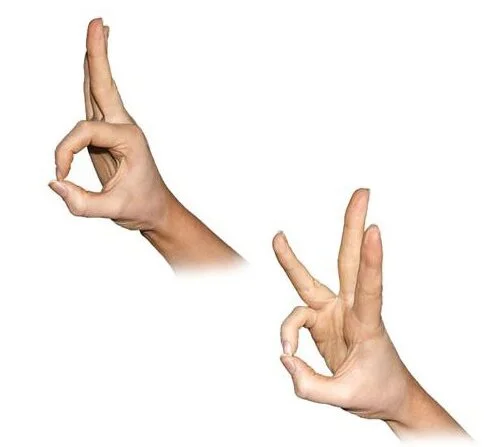
FAQ
Where are the opponens digiti minimi located?
A hand muscle is called the opponens digiti minimi. It is triangular and immediately below the flexor digiti minimi brevis, abductor digiti minimi, and palmaris brevis. The little finger is controlled by this muscle, one of the three hypothenar muscles.
What harms can result from digiti minimi?
Overuse injuries can occur in the hand’s opponens digiti minimi as a result of activities like typing on a computer or playing the piano for long periods. The most common sign of strain in this muscle is a pain in the fleshy cushion of the hand close to the little finger.
What is the name of the hand muscle?
The intrinsic hand is comprised of four muscle groups. The thenar, hypothenar, interossei, and lumbrical muscles are among these.
What is going on with Digiti?
a combining form that means finger and is used to make compound words like digitinervate.
Which finger is more powerful?
Conclusions: Grip strength was primarily contributed by the middle finger. The next most significant combination was the ring and little fingers.


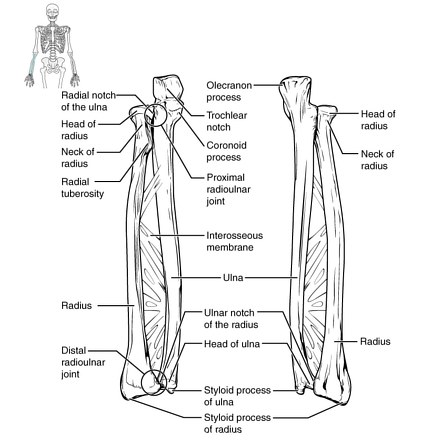

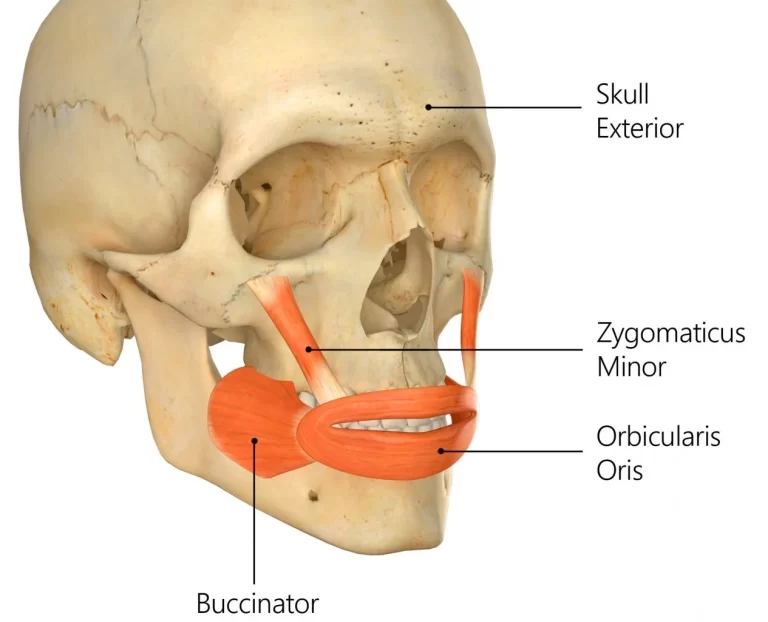
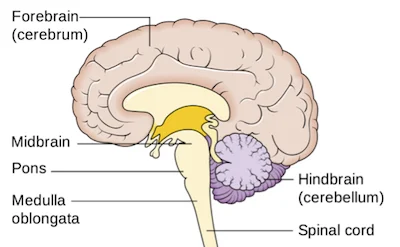
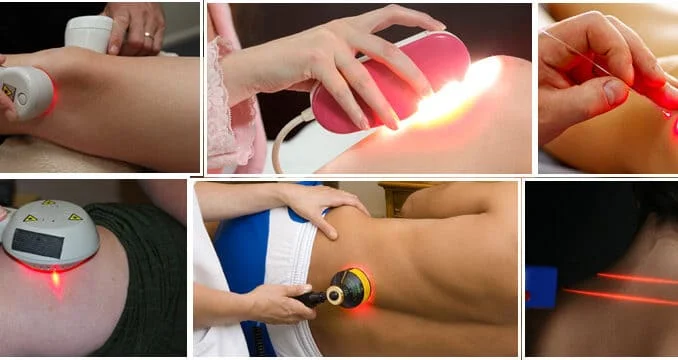
2 Comments